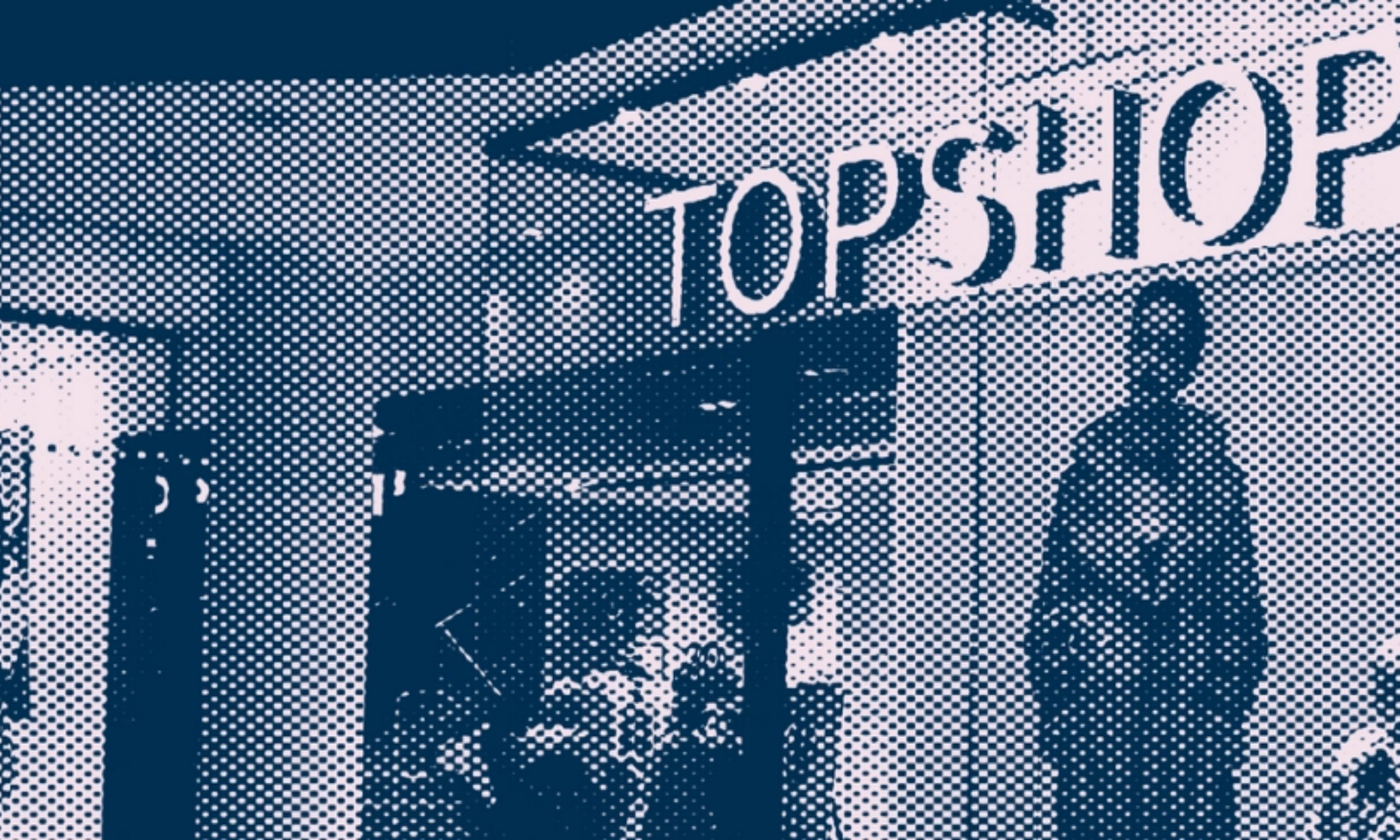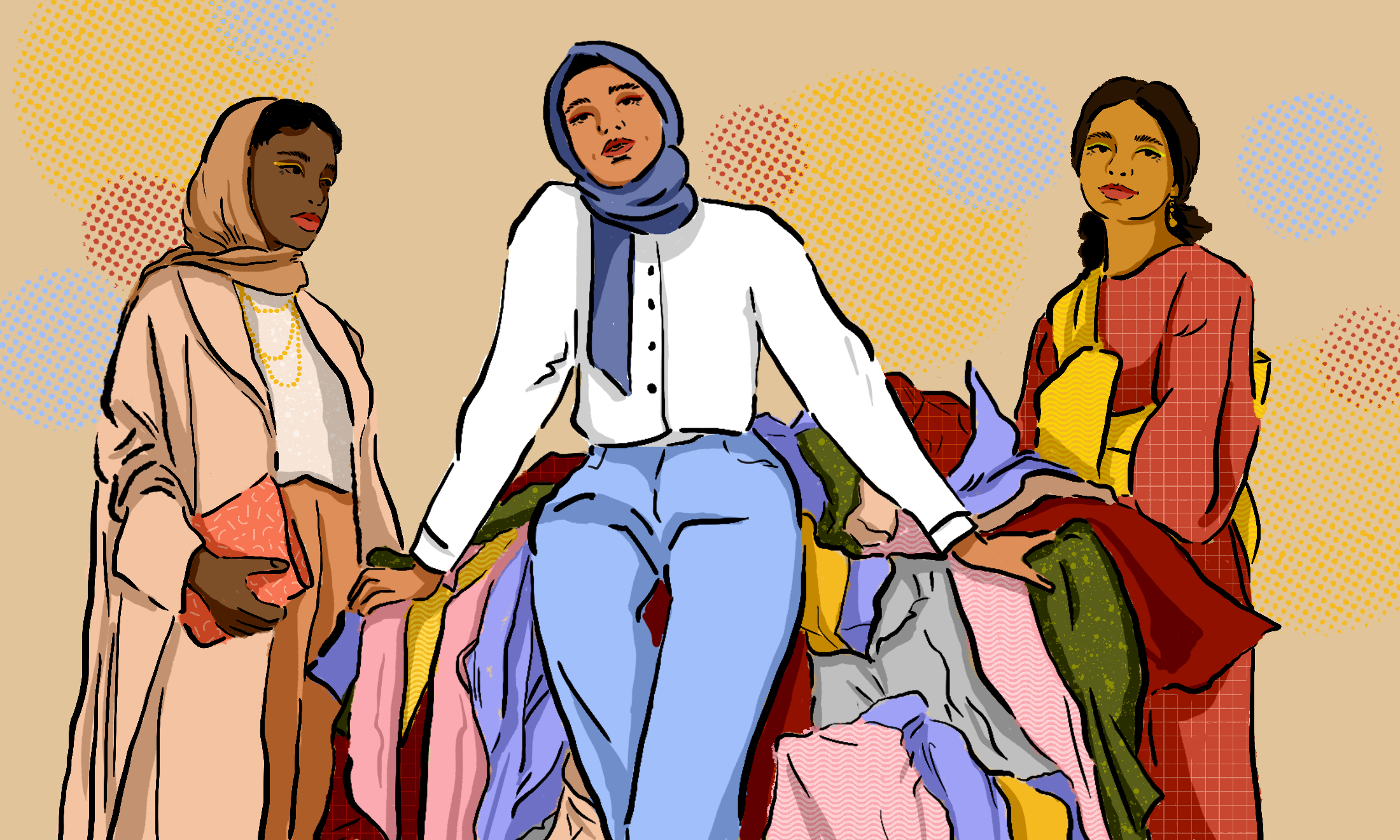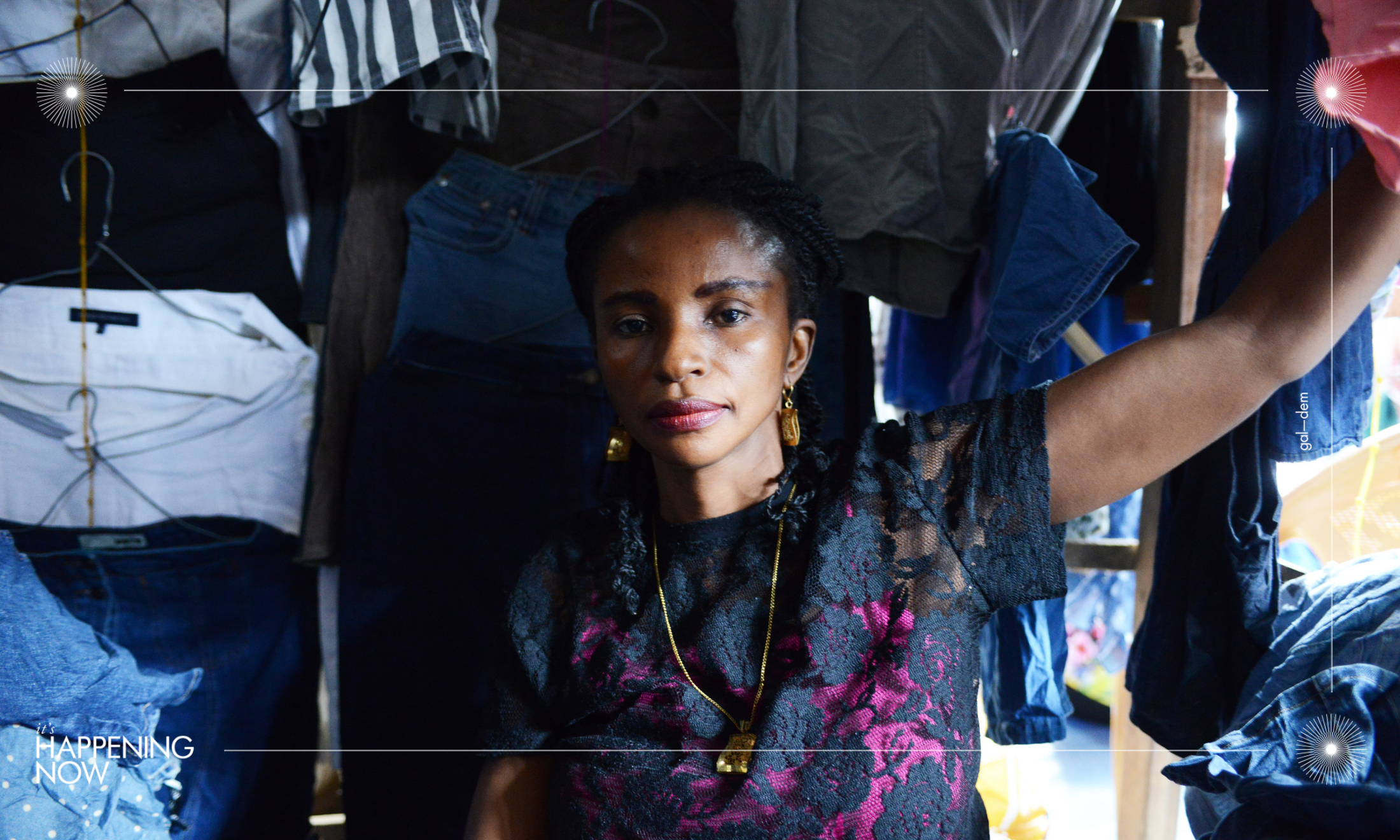
Wikimedia Commons
How Black and South Asian women are bearing the brunt of the British high street’s collapse
With retail giants like Topshop felled by the pandemic, a chain of workers are finding themselves in financial peril.
Hannah Karpel
27 Jan 2021
When British retail giant Arcadia announced they were going into administration in December 2020, the reaction for many went little further than mourning the loss of a favourite make of trouser style. “I’m actually gutted Topshop is closing down, [it is] the only place I get my jeans from,” tweeted one disappointed customer. “Their Jamie jeans have been my uniform for years,” wrote another. Others merely reminisced about teenage years spent browsing Topshop’s racks.
Yet Topshop is the tip of the iceberg. The British high street, already weakened by the rise of online shopping, has been dealt a further terrible blow by the Covid-19 pandemic. A staggering 176,718 jobs have been lost across the retail industry during the past year according to a recent report by the Centre for Retail Research (CRR). This has been the worst year for the high street in 25 years and it’s not expected to get any better soon. With Boohoo announcing its purchase of former retail giant Debenhams, without taking on any of their 118 stores or workforce, this figure is expected to increase to 200,000 in 2021. And behind social media mourning for hours spent shopping are the thousands of employees in retail and garment industries, thrown into precarious financial positions as a result of high street closures. Perhaps unsurprisingly, it is women of colour who have been dealt the shortest straw.
A new analysis by the Trades Union Congress (TUC) found that the number of “BME” workers in the UK’s wholesale and retail industry has fallen by 16% since the Covid-19 outbreak began, more than twice the parallel decrease in the number of white workers (7%). And occupying the majority of those lost positions are women of colour, who rely on a minimum-wage paycheque to keep families afloat.
When Sadya* began her career as a visual merchandiser for Topshop in November 2019, she could never have predicted that just months later her beloved role would be axed.
“I was told in July 2020 that they [Topshop] had decided to minimise the amount of visual merchandisers per store,” she says of the reason she was sacked. “It was about reducing the need for any excess job positions that are now unnecessary.” Shortly afterwards, Sadya was asked to return to work at Topshop, on a reduced salary as a sales assistant, but as of now, she is furloughed. With the news of the company’s impending closures making headlines, Sadya’s uncertainty regarding her future is growing. “I feel on edge and worried. I just hope the company is bought out,” she admits.
For Chika Ndubuokwu, who balances her weekend sales assistant role at Zara Home, alongside caring for her two-year-old daughter, the support of her family has been her only lifeline since she was first put on furlough in April 2020. “I work 16 hours [per week] as I’m a full-time mum Monday to Friday, so being on furlough has impacted my finances,” she says. “It’s been harder with 20% of my wages gone so I have to budget even further.”
Chika’s situation has become the norm for many retail workers during the pandemic. Few have savings to fall back on, particularly if they are WoC. A recent report by the Runnymede Trust found that women of colour were less likely to have wealth saved to weather a financial downturn, with Black African and Bangladeshi households having 10 times fewer savings or assets than white British households.
But it’s not just those selling clothes who are feeling the pinch. Beyond the shop floor, high street closures have massively impacted garment workers, a group that predominantly consists of women of colour around the globe.
“As stores began to close and sales started to plummet, global brands refused to pay for an estimated $40 billion worth of finished and in production goods that garment workers had spent untold hours sewing,” says Ayesha Barenblat, founder of Remake, the social advocacy organisation for fashion, based in San Francisco, California. This has meant that garment workers from the likes of Bangladesh, India, El Salvador, Guatemala, Lesotho, Ethiopia, and Haiti have been laid off without pay, as a direct result of the cancellations, sending millions of women into what Ayesha describes as “the gravest economic crisis of our lifetimes.”
“Analysis found that the number of ‘BME’ workers in the UK’s wholesale and retail industry has fallen by 16% since the Covid-19 outbreak began, more than twice the parallel decrease in the number of white workers”
“Garment workers have never been viewed as being ‘essential’ to brands,” adds Ayesha. “In fact, Covid-19 has cracked wide open the fragile nature of the fashion industry. The world’s 50 million garment workers toil for wages whilst sewing clothes for the world’s wealthiest brands.”
The devastating impact of these sudden order cancellations are falling on Asian migrant workers in Europe and the US who sew clothes for “fast fashion” lines. “Not only have they lost their income, but may have lost their accommodation, or are isolated in crowded hostels, far from their families,” say Carry Somers and Orsola de Castro, co-founders of Fashion Revolution, a global organisation based in London that calls for transparency and equity across the fashion industry. Interviews conducted with 400 garment workers by the Worker Rights Consortium found that around a quarter had faced daily food shortages. “Poverty and hunger could potentially prove more of a threat to their lives than the virus,” says Carry.
In response to the treatment of garment workers throughout the pandemic, citizens and labour organisations including Remake, Fashion Revolution and Fair Wear are championing a campaign that calls for companies to #PayUp for wages they are rightfully owed. Targeted in the campaign are the 20 companies that hold 97% of industry profits including British brands like Arcadia, Boohoo and Mothercare, with a public Pay Up Fashion Tracker recording whether the businesses have yet responded to the call.
Subsequently, the campaign has since recouped $22 billion of the cancelled contracts from companies including Zara, Adidas and Gap who have agreed to pay for their orders completed and in-process from the start of the pandemic. “We are only getting started. We will continue to push for reforms, and until then our coalition will continue to hold individual companies accountable for their behavior,” says Ayesha.
“Garment workers from the likes of Bangladesh, India, El Salvador, Guatemala, Lesotho, Ethiopia, and Haiti have been laid off without pay, sending millions of women into the ‘the gravest economic crisis of our lifetimes’”
For workers in the UK, there are also organisations providing help. Anna Pangbourne, director of the Fashion & Textile Children’s Trust and her team have worked tirelessly during the pandemic to help more than 1,000 children whose parents work across the fashion and textiles industry in roles like sales assistants and visual merchandisers. At the time of writing, the Trust has given out grants totalling £520,000 to be used for essentials including white goods, school uniforms and home learning kits.
“Since the [first] lockdown began, we have seen grant requests double and they still remain exceptionally high,” Anna says. “The financial impact of this pandemic has hit so many fashion and textile employees hard. For many it has [also] compounded issues they were already experiencing before Covid-19”. These include those who were unable to save when earning their full salary, so now faced with furlough or redundancy have been forced to make tough decisions like whether to prioritise paying their rent or for equipment needed for children to learn at home.
Classrooms are also reeling from the impact of high street closures. Thousands of fashion retail students (the majority of whom are young women) have been left feeling apprehensive about their future. Judean Lowe is the head of the Fashion Retail and Business course at London’s Fashion Retail Academy. Lowe oversees the training of students from the age of 16 of all backgrounds for a range of roles within the fashion retail industry, from buying and merchandising to retail and marketing.
“We have been keen to upskill the digital skills of students so they are confident using a variety of platforms and softwares,” she says of changes in course content to adapt to the new retail landscape. “More focus has been placed upon supporting students staying in education – for example higher education or apprenticeships – where these are still being advertised.”
Student Rae Ashton is due to graduate from the college this summer after four years of studying and training to enter the retail industry. Without the opportunity to gain any industry experience this year, Rae speaks for many students when she admits to feeling an immense lack of motivation and confusion. “We don’t know whether we’ll secure jobs post-grad, whether we’ll gain the desired experience or whether we’ll even see each other again before graduating,” she says of the current feeling among students. But Rae is hopeful that new job vacancies, albeit digital, will emerge as the retail industry adapts post Covid-19. “I’m looking forward to seeing technology’s role in the revival of the high street,” she adds. “I just hope this shift comes with a well overdue increase in accessibility and diversity.”
With no confirmed date for an end to lockdown in the UK, fears are heightening over whether the physical British high street has any hope of return. The millions of people whose livelihood depends on it are holding onto hope. But already it’s clear that there’s far more than just Joni jeans at stake.








